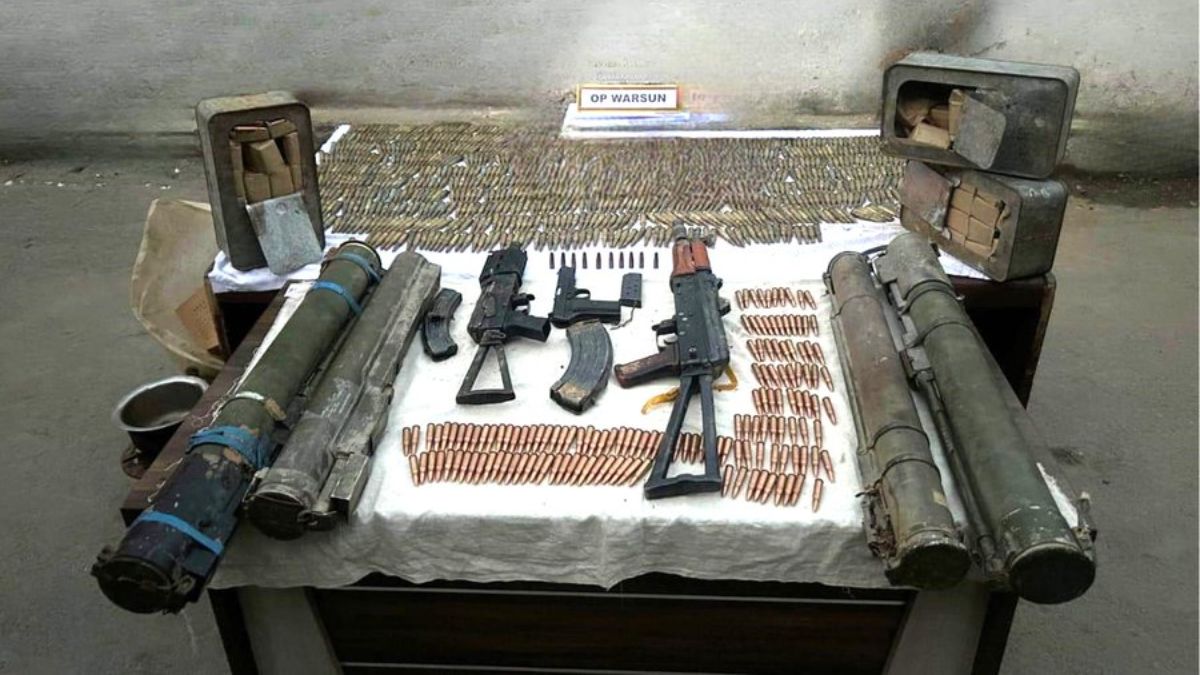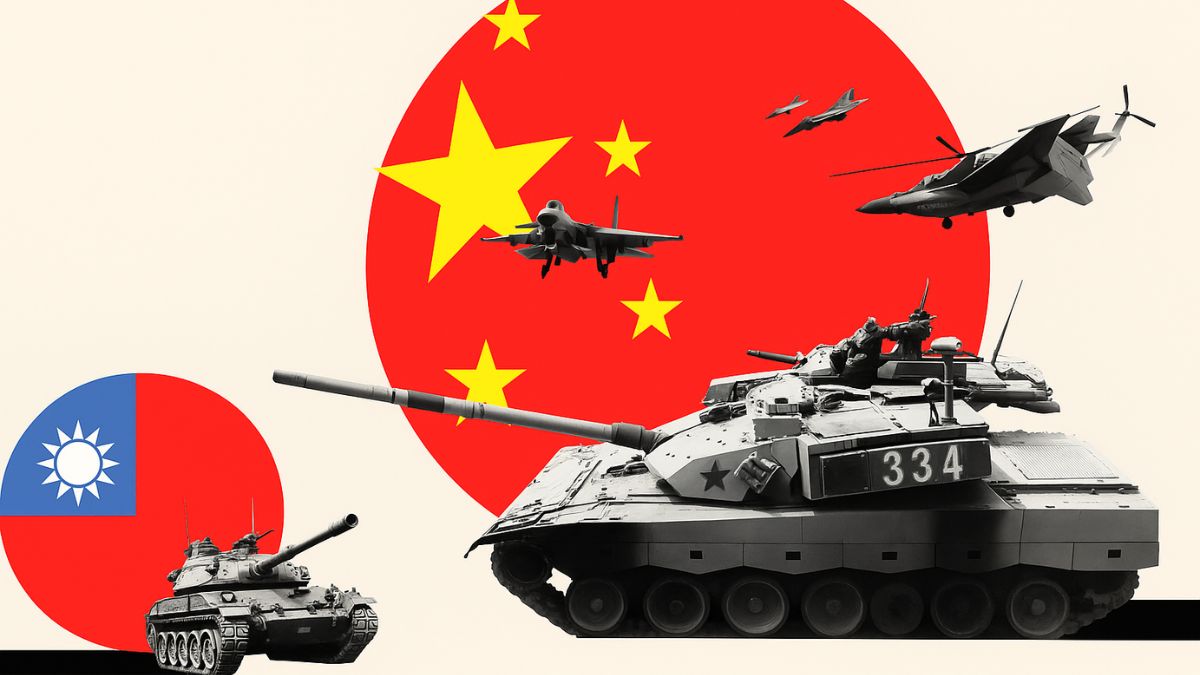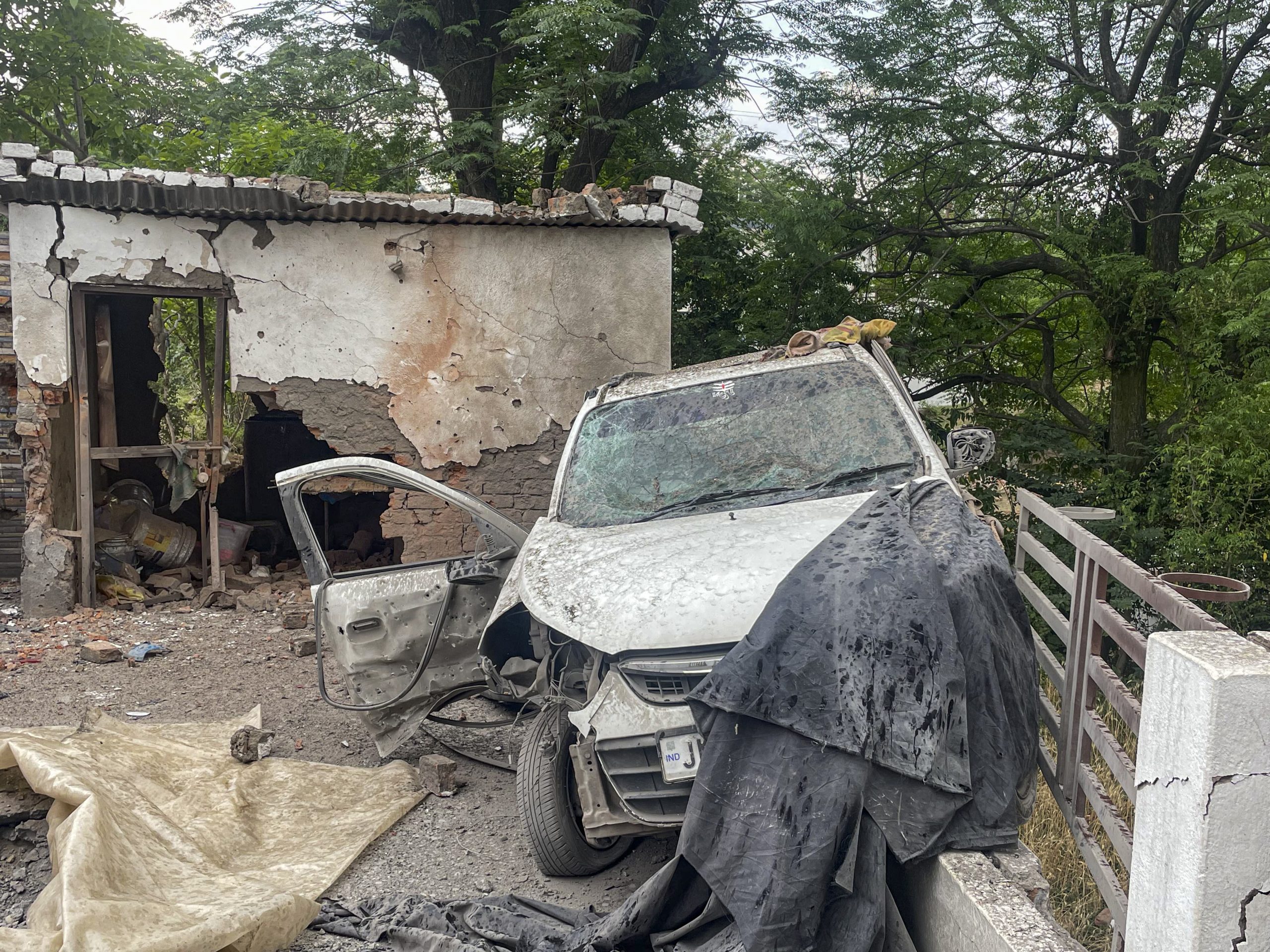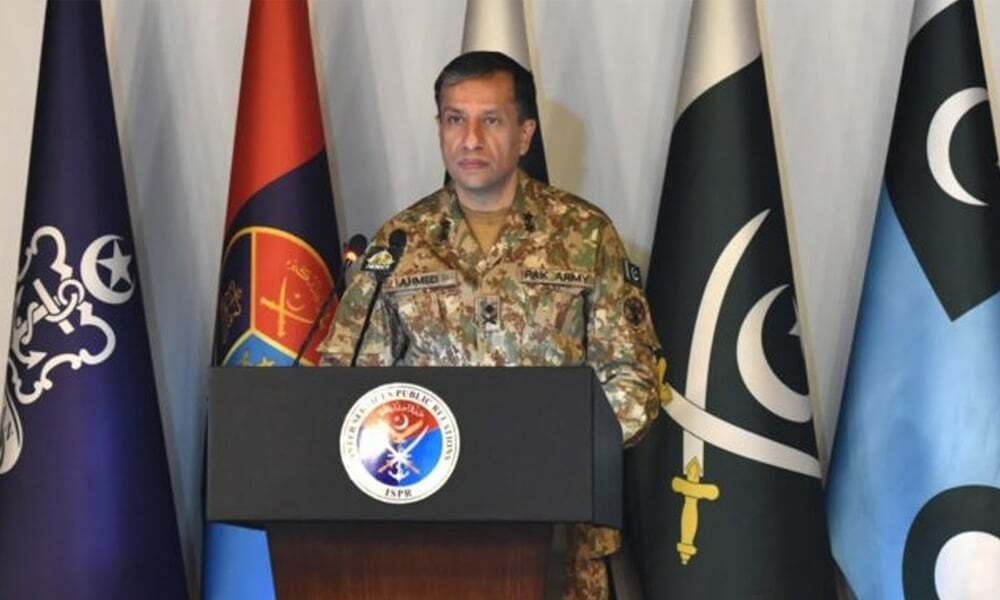Op Warsun: Terror Hideout Busted In Kupwara, AK Rifles, Rocket Launchers Recovered; Pak Activity In Sialkot?

Security forces completed the operation after sanitising the area thoroughly. Image courtesy: X.com/@ChinarcorpsIA
A coordinated intelligence-based operation by the Army and Jammu & Kashmir Police led to the busting of a terrorist hideout in Kupwara district. Acting on a specific tip-off, joint teams launched an operation in the Brijthor forest area of Warsun on Thursday (October 8, 2025), leading to the discovery of a cache of weapons and ammunition.
According to the Indian Army’s Srinagar-based unit Chinar Corps, the search revealed “two AK-series rifles, four rocket launchers, a huge cache of ammunition and other war-like stores.”
Operation Warsun: What triggered the exercise?
The breakthrough began a day earlier on October 7, when Jammu & Kashmir Police shared intelligence regarding the movement of a suspected individual. In response, security personnel set up a Mobile Vehicle Check Post (MVCP) at Dardsun Chowk in the Warsun sector of Kupwara.
During the checking, Shakeel Ahmed Khan, a resident of Mersary in Chowkibal, was apprehended. A search at the spot led to the seizure of a Chinese pistol, 10 rounds of 9mm ammunition and 100 rounds of AK ammunition.
What was revealed in the interrogation?
Following his detention, Khan revealed details of a concealed terror hideout in the Brijthor Ridge area. Acting promptly on his disclosure, joint search teams were mobilised during the intervening night of October 7 and 8. The subsequent sweep of the area uncovered a sizable stockpile of arms and ammunition. Officials confirmed the recovery of:
- Four disposable rocket launchers
- Two AK-series rifles
- One Chinese pistol
- 2,200 AK rounds
- 901 Pika rounds
- Additional war-like stores
Security forces completed the operation after sanitising the area thoroughly. Officials said the swift and synchronised action prevented a major terror plot. The dismantling of the hideout and arrest of the operative are being seen as a significant blow to terror logistics and support structures in the Kupwara sector. The operation not only disrupted planned attacks but also neutralised a key support node for militant networks.
Pakistan back at its tactics?
Worth mentioning here is the latest tank deployment by Pakistan in Sialkot amid increased vigil by the armed forces. A sudden uptick in military activity by the Pakistan Army near the Sialkot sector has triggered serious alarm within Indian security circles. Intelligence reports have flagged the forward movement of tanks, armoured columns, and logistics elements linked to the Pakistan Army’s 19th Cavalry Regiment.
The deployment of armoured convoys and support units toward frontline positions has elevated the situation to a critical watch status.
Why Sialkot raises strategic red flags?
The Sialkot sector is one of the most sensitive fault lines along the Line of Control and the International Border. Its significance is rooted as much in current military strategy as in historical precedent. This is the same theatre where the 1965 Battle of Chawinda, one of the largest tank battles since World War II, was fought.
During that engagement, Indian Centurion tanks decimated Pakistani M48 Patton formations, leaving a lasting imprint on the region’s warfighting doctrines. For both armies, Sialkot represents not just territory, but a symbol of decisive armoured warfare.
Over the past few years, Pakistan has consistently used the Sialkot corridor to rehearse high-intensity battle scenarios involving its newer generation armoured platforms like the Haider, Al-Khalid, and Al-Zarrar main battle tanks. Exercises conducted in this zone have reportedly included offensive manoeuvres and contingency planning for rapid armoured thrusts.
The fresh mobilisation is being closely analysed in the context of these recent drills, with officials not ruling out the possibility of force posturing, signalling, or contingency planning. Recently, Pakistan’s Defence Minister Khawaja Asif issued a chilling warning, when he said the “chances of war with India are real”.
He even claimed that his country would achieve “even bigger success” in any future armed conflict. “I do not want escalation, but the risks are real, and I am not denying that,” Asif stated, further noting that Pakistan was “keeping its guard and watching the situation.”
Such statements come just around five months after India’s retaliatory strikes on terror bases in Pakistan during Operation Sindoor.







